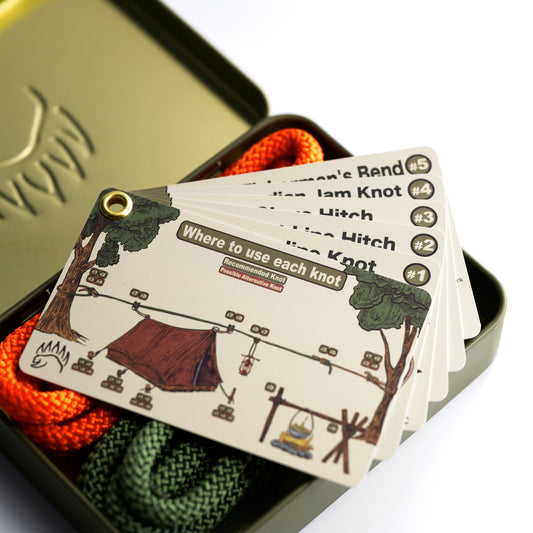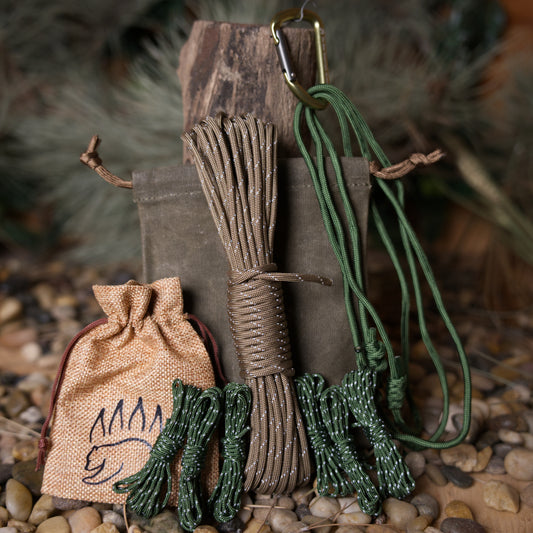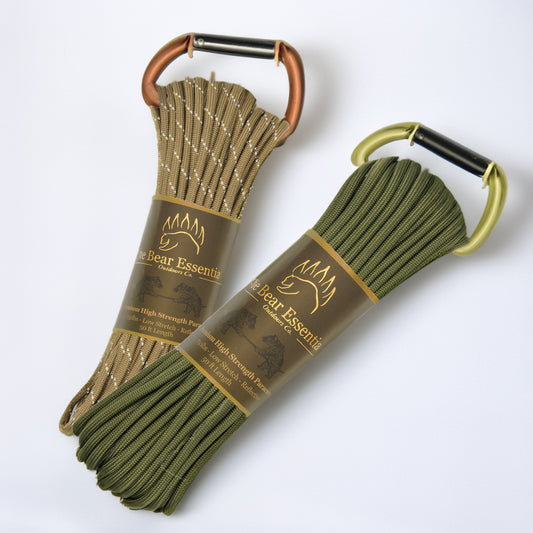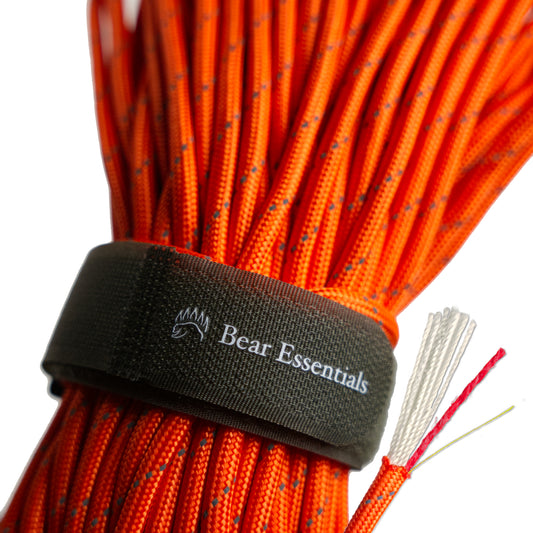How to Tie the Tiller’s Hitch
Usage
The Tiller’s Hitch is used to secure a rope temporarily to an object like a pole, anchor, or post. It is particularly useful in climbing, boating, and utility settings where speed and easy release are priorities.
Why Learn the Tiller’s Hitch?
Its quick-release design ensures fast and efficient rope management. This knot is a practical choice for temporary, non-critical securing in outdoor settings.
Common Uses
-
Climbing:
- Temporarily secures ropes to anchors during setup.
- Ties gear for quick-release in non-critical tasks.
-
Boating/Marine:
- Moors small boats to posts or cleats temporarily.
- Secures lines for rapid adjustments on deck.
-
Utility:
- Ties ropes for temporary bundling or pulling.
- Manages cords in outdoor or workshop settings.
ABOK Number
(Ashley Book of Knots)
Other Names
Category
|
Notable Features
- Instant release: Unties with a single pull, perfect for quick tasks.
- Easy to tie: Simple structure, learnable in minutes.
- Versatile use: Suits climbing, boating, or utility applications.
- Low rope wear: Minimal twists reduce stress on the cord.
- Non-jamming: Doesn’t bind, ensuring smooth release after use.
Variations
Slippery Sheet Bend vs. Tiller’s Hitch
The Slippery Sheet Bend is the name given when this hitch is tied from rope to rope, and Tillers hitch is the name when tied rope to a fixed loop.
Similar Knots
Clove Hitch vs. Tiller’s Hitch
- Pros: Quick to tie and holds well under constant load.
- Cons: Can bind tightly, making it harder to release than the Tiller’s Hitch.
Highwayman’s Hitch vs. Tiller’s Hitch
- Pros: Releases instantly with a tug, ideal for temporary mooring.
- Cons: Less secure under jostling compared to the Tiller’s Hitch.
History
The Tiller’s Hitch, likely originated in maritime contexts, where sailors needed quick-release knots for securing tillers or lines. Its simplicity and adaptability made it useful in climbing for temporary anchors and in utility tasks for rapid setups.
Security Level
The Tiller’s Hitch is reliable for temporary, non-critical tasks like securing a rope to a pole or anchor, provided it’s under constant tension. It’s not suitable for heavy loads or life-support applications, as it may slip without load.
Downsides
- Not load-bearing: Unsuitable for heavy or critical loads due to slipping risk.
- Tension-dependent: May loosen without constant pull, requiring monitoring.
Structure
- Wrap the rope around the object (e.g., a pole or anchor).
- Cross the working end over the standing part to form a loop.
- Pass the working end under the standing part and through the loop.
- Create a bight with the working end and tuck it through the loop.
- Pull the standing end to tighten; tug the bight to release.
Pro Tip: Keep the bight large for easy pulling during release.
FAQ
Is the Tiller’s Hitch strong enough for heavy loads?
No, it’s designed for temporary, light tasks, not for supporting heavy or critical loads.
What ropes work best for the Tiller’s Hitch?
Smooth, flexible ropes like nylon or polyester ensure easy tying and quick release.
How does the Tiller’s Hitch compare to the Clove Hitch?
It releases faster with a tug, while the Clove Hitch can bind under load.
Can the Tiller’s Hitch be used for climbing anchors?
Only for temporary, non-critical setups, not for primary or life-support anchors.
Why choose the Tiller’s Hitch over the Highwayman’s Hitch?
It’s simpler to tie and more stable under minor jostling for temporary ties.
Important Notes on Safety
Common failure points include using the Tiller’s Hitch for heavy loads or without constant tension, leading to slipping. Always verify it’s used only for temporary, non-critical tasks. Inspect ropes for wear before tying to avoid breakage. Ensure the knot is under slight tension to maintain grip. Practice tying and releasing in low-risk settings first.









